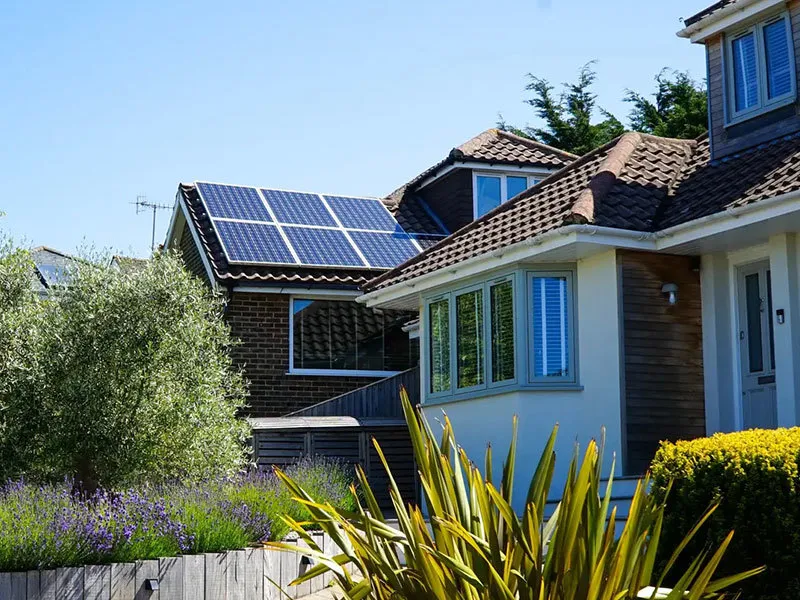placing solar panels on your roof
Placing Solar Panels on Your Roof A Guide to Sustainable Energy
As the world continues to confront the challenges of climate change and increasing energy demands, many homeowners are exploring alternative energy solutions. One of the most effective ways to harness renewable energy is by installing solar panels on your roof. This article will discuss the benefits, considerations, and steps for placing solar panels on your roof.
Benefits of Solar Panels
One of the primary advantages of solar panels is their capacity to reduce electricity bills. By generating your own power, you can significantly decrease your reliance on the grid, leading to substantial savings. In many regions, surplus energy can even be sold back to the grid, providing an additional financial incentive.
Moreover, solar panels contribute to environmental sustainability. They produce clean energy, reducing greenhouse gas emissions associated with fossil fuel consumption. By choosing solar, you are playing an active role in combating climate change and promoting a healthier planet for future generations.
Solar energy is also a reliable energy source. As long as the sun is shining, you have access to power, independent of fluctuating fuel prices. This energy independence can be particularly appealing in areas where energy costs are volatile or in remote locations where connecting to the grid is challenging.
Considerations Before Installation
Before placing solar panels on your roof, several factors should be considered. Firstly, assess the orientation and angle of your roof. South-facing roofs with a pitch between 15 and 40 degrees typically receive the most sunlight, making them ideal for solar panel installation. If your roof doesn’t meet these criteria, a professional may suggest alternative configurations or ground-mounted systems.
placing solar panels on your roof

Additionally, consider your roof’s condition. If your roof requires repairs or has a limited lifespan, it may be prudent to address these issues before installing solar panels. Mounting panels on a deteriorating roof can lead to increased costs and complications down the line.
Local regulations and incentives are also crucial to research. Many governments offer tax credits, rebates, or solar renewable energy certificates (SRECs) to encourage solar adoption. Understanding these incentives can make your investment significantly more affordable.
Steps for Installation
The process of installing solar panels begins with conducting a professional energy audit. This assessment will help determine your energy needs and the most suitable size and type of solar system for your home.
Once you have chosen the right solar technology, select a reputable installer. A qualified contractor will conduct a site assessment, considering factors like shading, roof type, and local regulations. They will also help you navigate the permitting process and ensure that your system complies with local building codes.
Finally, after installation, monitor your system’s performance regularly. Many solar inverters come with monitoring applications that allow you to track energy production and ensure everything is functioning optimally.
Conclusion
Placing solar panels on your roof is not just a step towards reducing your energy bills; it is a commitment to a sustainable future. By harnessing solar energy, you can enjoy energy savings while contributing to a cleaner and greener planet. With careful planning and consideration, transitioning to solar power can be a rewarding experience that pays off for years to come.
-
String Solar Inverter: The High-Efficiency Solution for Smart Solar EnergyNewsJul.14,2025
-
Revolutionizing Rooftop Energy with the Power of the Micro Solar InverterNewsJul.14,2025
-
Power Independence with Smart Off Grid Solar Inverter SolutionsNewsJul.14,2025
-
On Grid Solar Inverter: Powering the Future with Smart Grid IntegrationNewsJul.14,2025
-
Monocrystalline Solar Panels: High-Efficiency Power for the Future of Clean EnergyNewsJul.14,2025
-
Bifacial Solar Panel: A Smarter Investment for Next-Generation Energy SystemsNewsJul.14,2025







